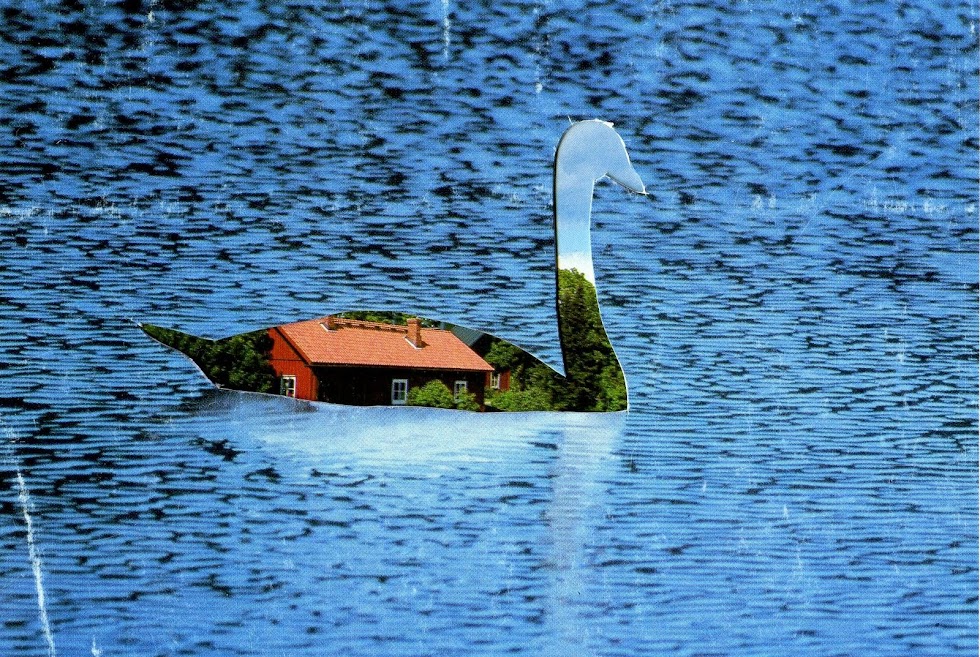The technological vision of the world has been and today is, a theme described by, literature, philosophy and arts in general. But we have to say that cinema, has to be considered an especial case. It represents, because of its own nature, a double discourse about what is considered the technological world. On one hand, Godfrey Reggio´s trilogy is an essay of the threatening contemporary world. On the other, he uses the medium per excellence to represent the alteration (even disappearance) of space-time barriers: the film editing.
Previous movies like Berlin. Symphony of a city (“Berlin. Die Symphonie der Großstadt”, Walther Ruttmann, 1927)or The man of the camera(“Chelovek skino-apparatom”, Dziga Vertov, 1929) characterize the utopian and an enthusiastic vision of the technological development. This is the first part of twentieth century preponderant feeling in front of technology. Anyway, they reflect changes in customs and lifestyles as well.
It can be perceived as a nostalgic approach about the primitive past. The first film begins with scenes of cavern paintings. The second clearly remarks the handwork, today alive in tribes around the world. In comparison with capitalist society images of overcrowded urban spaces and persuasive advertisements, the author tries to put a small black point in our conscience. In spite of the apocalyptic interpretation, we cannot stop seeing beauty an sublime pictures. During all the films Music is in this sense an important ingredient. It emphasizes the emotional aspect of images. We cannot perceive them as separated elements.
Most of the images in the film have been recorded specially for it. In counted cases archive images has been used. This means that they had to manage with a wide range of material for the edition. The term “filmic landscape” has been used to name this work in Philip Glass webpage.
“If truth is what is verifiable, the truth of contemporary science is not so much the extent of progress achieved as the scale of technical catastrophes occasioned”(Paul Virilio, The information bomb, 2000)
While in Qatsi trilogy (Koyaanisqatsi, Powaqqatsi, Naqoyqatsi) is the musical effect is what intensifies the narration, in Home (Yann Arthus-Bertrand, 2009), the off voice is what marks the rhythm in the film. In a much more didactic way it talks about similar questions. Images are in this case colder. In several cases I would say artificial. They seem like close to be taken form a science book or TV News. Dates and numbers contribute to emphasize the teaching attitude. As a part of the public, the message is not transmitted with the same efficiency as in Reggio´s case. In addition rejection has risen in me.





